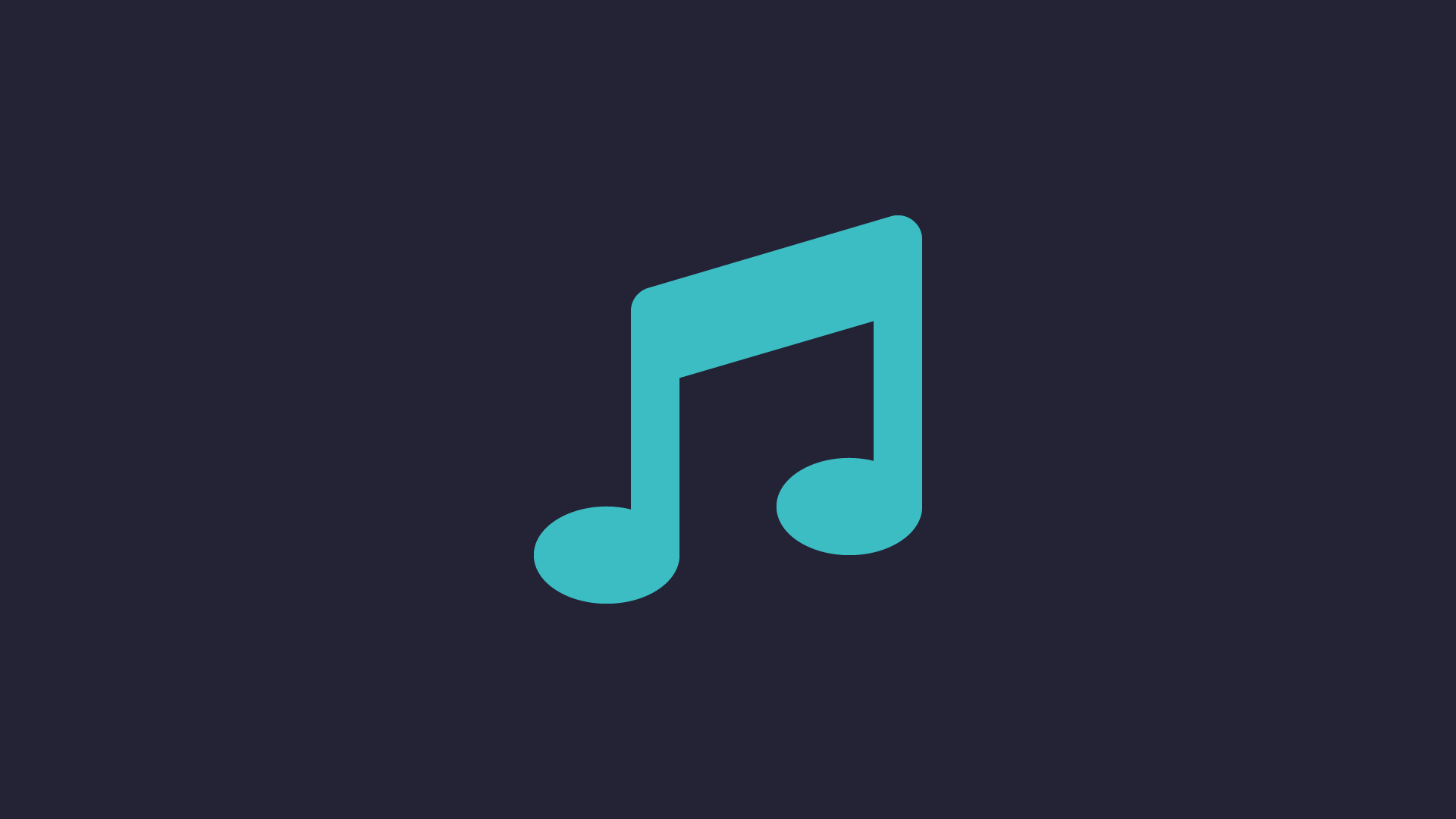Routines: Making the most of your time
Here's why a good practice routine matters, and how to set one up.

by Tarun
Creator, tuneUPGRADEHow a Practice Routine Helps
Before I built tuneUPGRADE, I had a hard time keeping consistent practice habits. I found myself having very unbalanced practice time. One week, I might work heavily on scales, but do little to no work on any songs. I might have told myself I'd practice for an hour, and 40 minutes in decide I'd had enough. I might have gotten fatigued focusing too much on one thing, and neglect others, and I might never have revisited my repertoire to keep things fresh, so I could perform them on demand.
Building a good routine and tracking time was a game-changer for me. Simply by outlining everything I wanted to practice and allocating time to it, I was able to balance my practice, keep things interesting, and I kept in mind I could always go back and practice something I was interested in more towards the end of a routine, and keep my sessions diverse.
Tack on the ability to have all the materials you need at your fingertips, and the ability to take practice notes, and you'll find yourself improving much faster, and staying engaged much longer. Building a good routine will transform how you practice.
Creating Routines
You can create and manage your routines in the Routines list.
Creating a new routine will prompt you for a name.
Once you create a new routine (or edit a routine), you are brought to the Routine Designer. Below is a screenshot of a filled out routine - you'll see a blank one at first!
To add to your routine, use the buttons at the bottom of the page.
Add Tune - Add a tune from your learning list and specify a duration.
Add Repertoire Tune - Add a tune from your repertoire list and specify a duration.
Add Exercise - Add a tune from your exercise list and specify a duration.
Add Smart Tune - Add a Smart Tune, which will automatically select a tune for you when you practice. See the Smart Tunes selection below.
Add Open Practice Time - Add time to your routine without selecting a tune. Open Practice time is great for unstructured practice. I like to use a block open practice time at the end of my routine to freely play whatever I feel excited about working on more, or just playing something I know well.
Add Break - Add break time into your routine.
Once tunes are added into your routine, you can drag and drop the panels by using the 6-dot grab handles on the left side of a tune.
Removing a tune from a routine won't delete the tune - just remove it from the routine.
Smart Tunes
Smart tunes are a great way to make your routines more dynamic. When adding a smart tune, tuneUPGRADE will automatically select a tune to slot into a routine for you. If there is no tune eligible, tuneUPGRADE will assign an Open Practice session instead. Smart tunes will never insert the same tune into a routine twice.
Types of Smart Tunes:
Random Learning Tune, Random Exercise, Random Repertoire Tune selections will pick a completely random tune from your learning, exercise, or repertoire lists.
Learning Tune You Practiced Longest Ago, Repertoire Tune You Practiced Longest Ago, Exercise You Practiced Longest Ago will pick the learning, repertoire, or exercise tune you practiced longest ago. This is a great way to keep your repertoire fresh.
Random Learning with a Tag, Random Repertoire with a Tag, Random Exercise with a Tag, Random Any Tune with a Tag will pick a random learning , repertoire, or exercise tune (or any tune across all three lists) that has a specific tag. For example, if you've tagged an set of exercises as "Scale exercises", you can always be presented with a random scale exercise to work on.
Random Any Tune from a Book, Random Learning Tune from a Book, Random Repertoire Tune from a Book, Random Exercise Tune from a Book will randomly pick a learning, repertoire, or exercise (or any tune from all three lists) that comes from a specific Book.
Open Jam
You might have noticed a button at the top of the Routines list called Open Jam!. An Open Jam jumps you directly into a practice session without having to set up a routine. All time is tracked as Open Practice time. This is an easy way to track your time if you are just noodling around or rocking out a bit without much structure.
